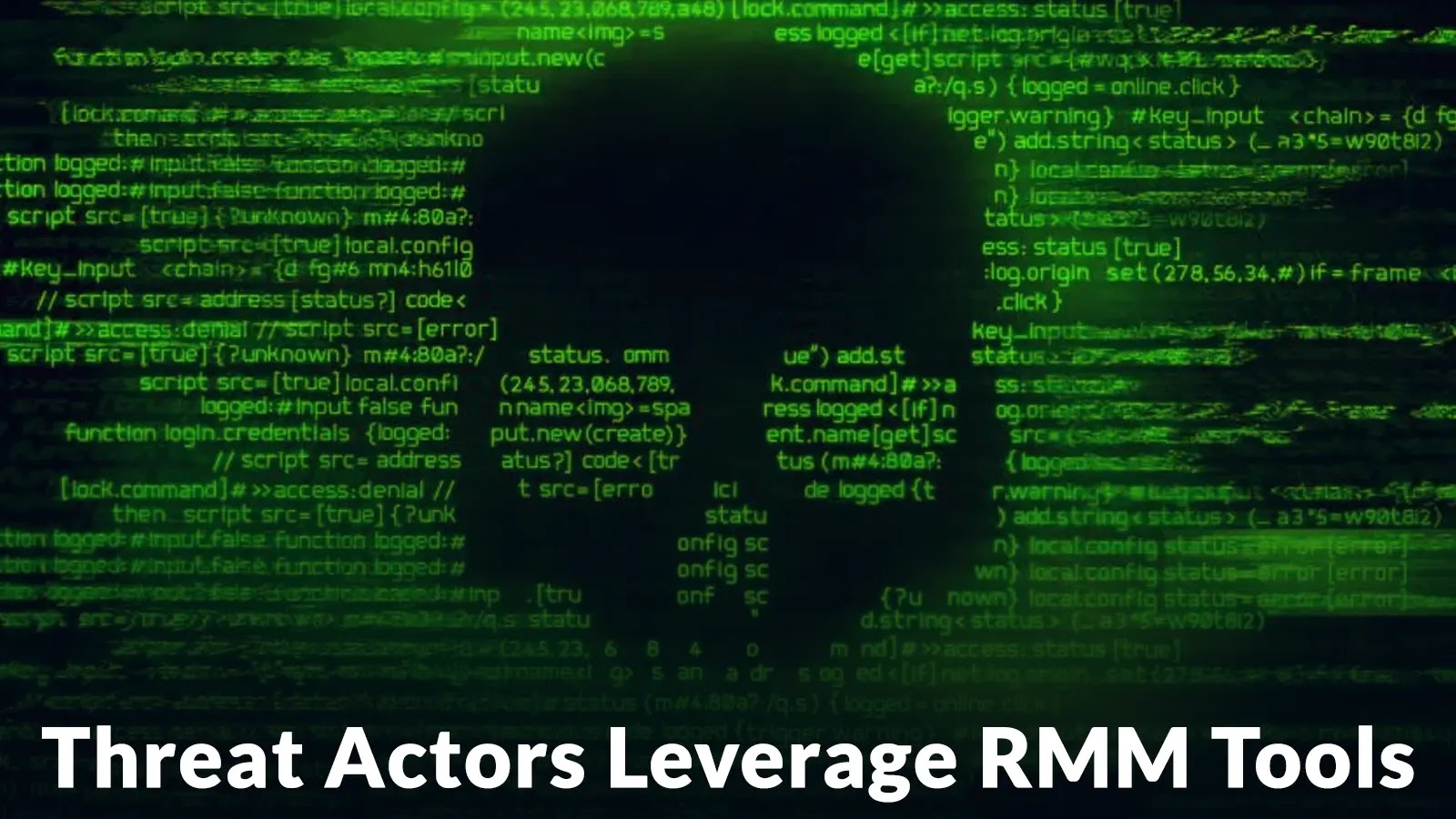
Threat Actors Leverage RMM Tools to Deploy Medusa & DragonForce Ransomware
Ransomware attacks continue to evolve in sophistication, with threat actors constantly developing new vectors to compromise organizations. A recent, concerning development highlights a significant shift: the weaponization of trusted Remote Monitoring and Management (RMM) tools. This post delves into the critical wave of ransomware campaigns targeting UK organizations in 2025, where the notorious Medusa and DragonForce ransomware groups are leveraging vulnerabilities within the SimpleHelp RMM platform.
The Rising Threat: RMM Tools as Ransomware Vectors
Remote Monitoring and Management (RMM) tools are indispensable for IT departments and Managed Service Providers (MSPs), enabling remote support, system monitoring, and patch management. Their widespread deployment and inherent administrative privileges, however, make them attractive targets for malicious actors. Threat groups recognize that compromising these tools offers a direct pathway into an organization’s core infrastructure, bypassing traditional perimeter defenses.
The latest attacks underscore this risk, demonstrating how threat actors are exploiting the very mechanisms designed for system administration to deliver their payloads. By compromising an RMM platform, attackers can effectively masquerade as legitimate administrators, distributing ransomware across an entire network with alarming efficiency and stealth.
Medusa & DragonForce Ransomware: A Dual-Threat Campaign
This coordinated assault features two prominent ransomware groups: Medusa and DragonForce. Both have established reputations for their aggressive tactics and effective encryption schemes. Their collaboration or parallel operations in targeting the SimpleHelp RMM platform signifies a calculated move to maximize impact and extort victims.
- Medusa Ransomware: Known for its robust encryption and persistent negotiation tactics, Medusa typically exfiltrates data before encryption, employing a “double extortion” strategy to pressure victims into paying.
- DragonForce Ransomware: While information on DragonForce is less disseminated than Medusa, their involvement suggests a growing and formidable threat in the ransomware landscape, leveraging similar sophisticated attack methodologies.
Exploiting SimpleHelp RMM: The Vulnerabilities
The attackers have weaponized three critical vulnerabilities within the SimpleHelp Remote Monitoring and Management platform. These specific flaws have allowed unauthorized access through trusted third-party vendors and Managed Service Providers (MSPs), highlighting a significant supply chain risk. The vulnerabilities identified are:
These vulnerabilities, when chained together or exploited individually, provide a potent means for threat actors to gain initial access, escalate privileges, and ultimately deploy ransomware. The choice of SimpleHelp, a widely-used RMM solution, amplifies the potential reach and impact of these campaigns.
Remediation Actions for SimpleHelp Users and MSPs
Organizations utilizing SimpleHelp and MSPs providing services through this platform must take immediate and decisive action to mitigate these threats. Proactive security measures are paramount to prevent successful ransomware deployment.
- Patch Immediately: Ensure that your SimpleHelp RMM platform is updated to the latest version. Manufacturers release patches specifically to address identified vulnerabilities. Do not delay these critical updates.
- Strengthen Authentication: Implement multi-factor authentication (MFA) for all RMM access, including administrative accounts and client-facing logins. This adds a crucial layer of security, even if credentials are compromised.
- Network Segmentation: Isolate RMM infrastructure from critical business networks. Proper segmentation can contain potential breaches, preventing ransomware from spreading laterally.
- Principle of Least Privilege: Review and revoke unnecessary permissions for users and services accessing the RMM. Grant only the minimum level of access required to perform their functions.
- Regular Backups: Maintain frequent, air-gapped, and immutable backups of critical data. In the event of a successful ransomware attack, a robust backup strategy is often the only way to restore operations without paying a ransom.
- Monitor RMM Logs: Implement enhanced logging and continuous monitoring of RMM activities for anomalous behavior. Look for unusual access times, unauthorized commands, or excessive data transfers.
- Third-Party Vendor Review: If you are an organization relying on an MSP, inquire about their security posture regarding RMM tools and their patching strategies for vulnerabilities like those in SimpleHelp.
Tools for Detection and Mitigation
Deploying the right security tools can significantly enhance an organization’s ability to detect and respond to RMM-based threats.
| Tool Name | Purpose | Link |
|---|---|---|
| Endpoint Detection and Response (EDR) Solutions | Real-time monitoring, detection, and response to malicious activities on endpoints, including unusual RMM tool usage. | MITRE ATT&CK – Valid Accounts: Local Accounts |
| Security Information and Event Management (SIEM) Systems | Aggregates and analyzes security logs from various sources (including RMM), providing centralized visibility and threat correlation. | Gartner – SIEM |
| Vulnerability Scanners | Identifies known vulnerabilities in RMM platforms and other network devices. | Tenable, Rapid7 |
| Network Access Control (NAC) | Enforces security policies for devices attempting to access network resources, including RMM access points. | Cisco NAC |
Conclusion
The exploitation of RMM tools by groups like Medusa and DragonForce represents a critical escalation in the ransomware threat landscape. Organizations, particularly those in the UK, must recognize the inherent risks associated with widely-used administration platforms and prioritize their security. Proactive patching, robust authentication, network segmentation, and continuous monitoring are no longer optional but essential safeguards against these sophisticated attacks. Staying informed about emerging threats and implementing comprehensive security strategies are key to defending against the evolving tactics of ransomware threat actors.





